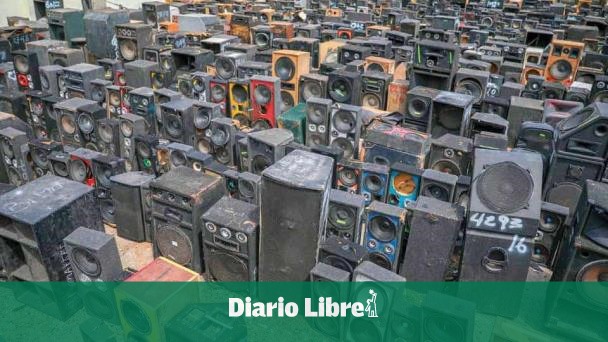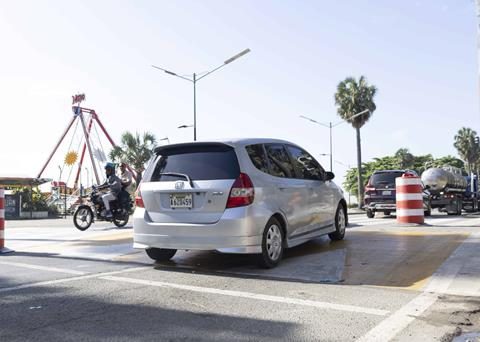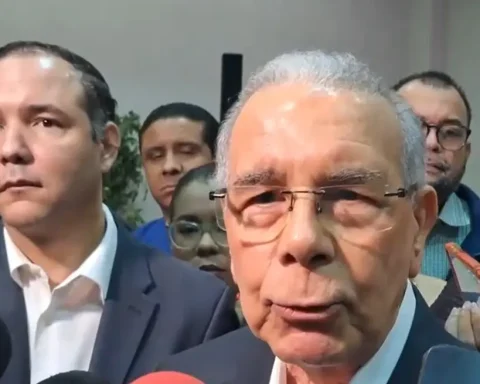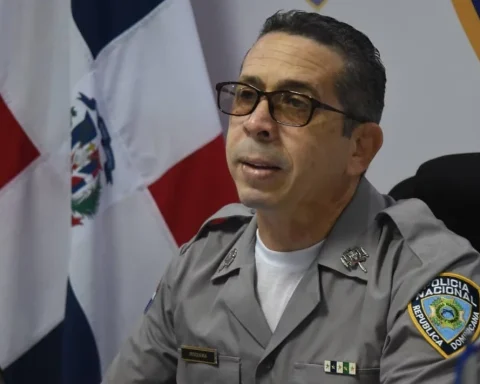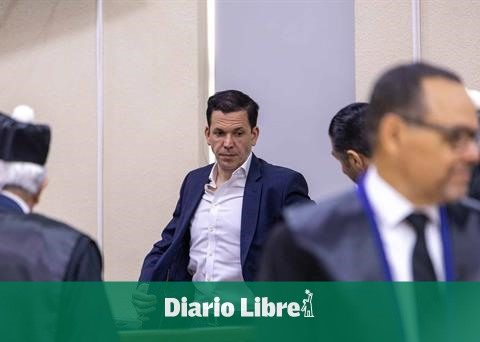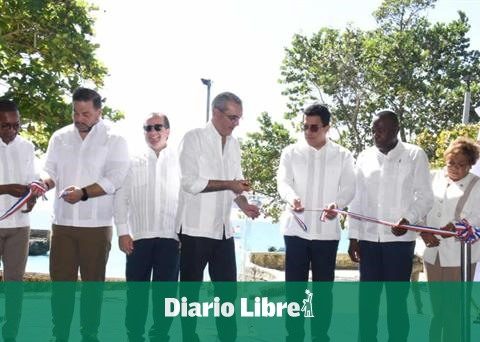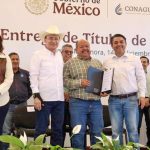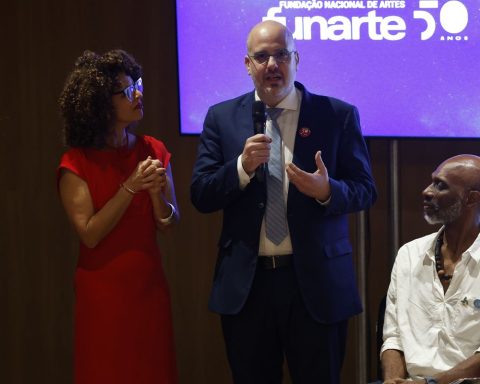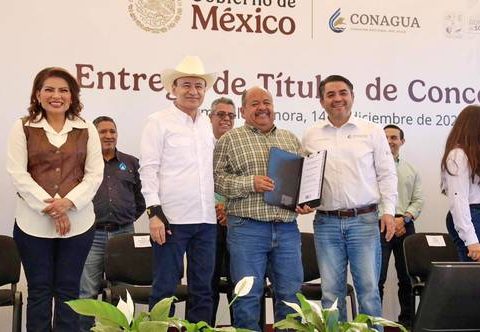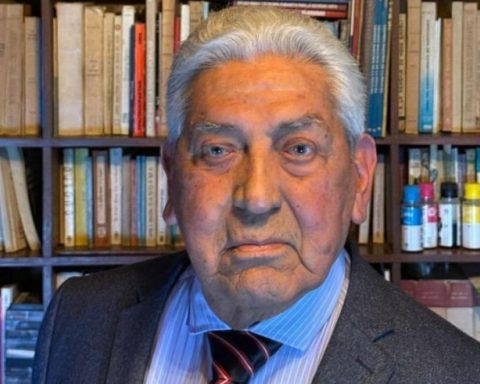“There is a lot of education on the subject, because Dominicans without noise we don’t enjoy it, we have to work on that culture”, said the Vice Minister of Environmental Management Indhira de Jesús regarding the complaints about noise pollution that citizens often do at the national level.
The authorities of the Ministry of the Environment They pointed out that those responsible for dealing with these complaints are the Environment Attorney, the National Police and the 9-1-1 System. “We do not have the means (to address these complaints). We have to do with other things, but not with that,” said Minister Ceara Hatton.
Indhira de Jesús spoke about the powers of the Ministry in these cases, who indicated that this institution works on the revision of the legislation, since the environmental regulation on noise dates from 2003, and the tools for monitoring.
“There has been an issue with the inspection because there has been some legislation after the environmental regulation and there is a need for coordination between different institutions to respond when there is a complaint,” said the official.
“After meetings with members of Promiches, an agreement was reached for Playa Esmeralda to be free of foam”Vice Minister of Coastal-Marine Resources
Regarding monitoring, he added that the authorities understand the importance of having measurements to know what the levels of noise with whom the Dominican society lives, and thus have a diagnosis of the effect on health.
Environment has had conversations with the Technological Institute of Santo Domingo (Intec), which has developed some research using sensors to monitor large areas. “We are going to see how we can establish a monitoring network that allows us to work based on data to address the issue, knowing which are the main sources of emission, the more or less noisy areas, but that is going to take us a while”.
Indhira de Jesús maintained that, since formal monitoring has not been established, the entity does not have data to validate the decibel levels. “There are those who tell me that the decibels required by the norm are those of a normal conversation, it is something that we have to work on. We do not have epidemiological studies that support that we are collectively suffering the possible effects of living in the meantime noise”.
online permits
The minister explained that the work to streamline and digitize environmental permits involves physically reviewing the steps to determine the times in each case. These tasks are part of the Bureaucracy Zero initiative promoted by the government.
For her part, the Vice Minister of Environmental Management, Indhira de Jesús, indicated that a digitization process has been developed for the entire process of the files, and that they hope that in the coming months “from the request it can be online until the delivery of the authorization”. However, de Jesús emphasized the importance of understanding that, in order to obtain good environmental authorizations, time is needed, especially in those processes that involve environmental impact studies.
Ceara Hatton also explained that within the work related to authorizations they have sought to improve control in the issuance of environmental permits in the provinces, which correspond to category D, since some irregularities were registered in the provincial offices.
“We are trying to improve the supervision of the provincials, we are making a great effort in that sense, because, sometimes, they were on their own,” said the official.
Services payments
As a way of recognizing producers or peasants for protecting forests, the Ministry has started payments for environmental services. “We ask those people who are above (upper basin) to take care of the water that we consume in the lower part,” said Ceara Hatton.
The deputy minister of Forest Resources, José Elías González, indicated that the initiative began in the upper basin of the Yaque del Norte river, in the vicinity of Jarabacoa, and it is planned to expand the program to the Bao river, close to Plan Sierra. The official added that the payments are made with voluntary contributions from the Dominican Hydroelectric Generation Company (EGEHID) and the Santiago Aqueduct and Sewerage Corporation (Coraasan).
He added that to make the payments they are adjusting the price per area, and that in some countries they pay 50 dollars per hectare. “We are in that range, between 40 and 60 dollars per hectare per year. It is not the price that we should pay them, it is the one that we can pay, if we make the correct calculation it could be a higher payment, however, we have started with that and the beneficiaries have been satisfied, although we made an increase adjustment ”, he added.
Emerald Beach without foam
Regarding the campaign that the Ministry of the Environment has promoted against the use of foam (Polystyrene. Substance with which disposable containers are manufactured), the Vice Minister of Coastal-Marine Resources, José Ramón Reyes, announced that, after meetings with the Association of Hotels and Tourism of El Seibo and Miches ( Promiches), an agreement was reached for Playa Esmeralda to be free of foam.
“We propose that we have to treat the areas in which the government wants tourism development to be organized, because it is very difficult to organize them when they start.”
Regarding the initiative, the minister sees a change in consumption patterns as imperative, although he admitted that such a change does not only concern the Dominican Republic.
The sargassum problem
Faced with the problems generated by sargassum on the Dominican coasts, Vice Minister Reyes reported on the formation of a multisectoral table for the integral management of sargassum, with the aim of creating consensus and agreements that allow the implementation of actions focused on the protection of marine ecosystems. of the harmful effects of this type of algae.
The authorities reported that among the fundamental axes prioritized in the table are working to create a comprehensive and sustainable management plan for sargassum, which allows the systematic application of short, medium and long-term strategies, aimed at preventing it from continuing to reach algae in invasive quantities on the beaches in order to mitigate its negative effects.
They added that it is contemplated to promote the proposal at the regional level, given the impact of sargassum in the waters of the Caribbean.
They also indicated that the table is made up of representatives of the public and private sectors, as well as academics, entrepreneurs and innovators, hotel groups, businessmen, investors in the coastal zone, local communities and users of the resource.
Ceara Hatton was consulted about the complaint made by environmentalists about the damage to mangroves caused by the construction of the border wall in Laguna Saladilla, Montecristi. The minister expressed that they were aware that there would be a reaction to the work, while indicating that no environmental impact study was carried out. Days after the interview, the Ministry evidenced unauthorized extraction and cutting of trees, for which reason it ordered the stoppage of work in the area.
In view of the complaints that have arisen about the extraction of aggregates in areas such as the Yuna River, the Minister of the Environment stated that a study determined that four sections could be intervened without harming that river, in order to solve problems of sedimentation and accumulation. He added that guidelines have been given for the interventions, however, in the case of the Yuna and other rivers, the exploitations have stopped until it is determined that the works are carried out correctly. The Vice Minister of Soils and Water, René Mateo, added that the government’s policy is to seek alternatives with the issue of aggregates. “We have incorporated 23 new mines, which represent four million cubic meters per year,” added the vice minister.
